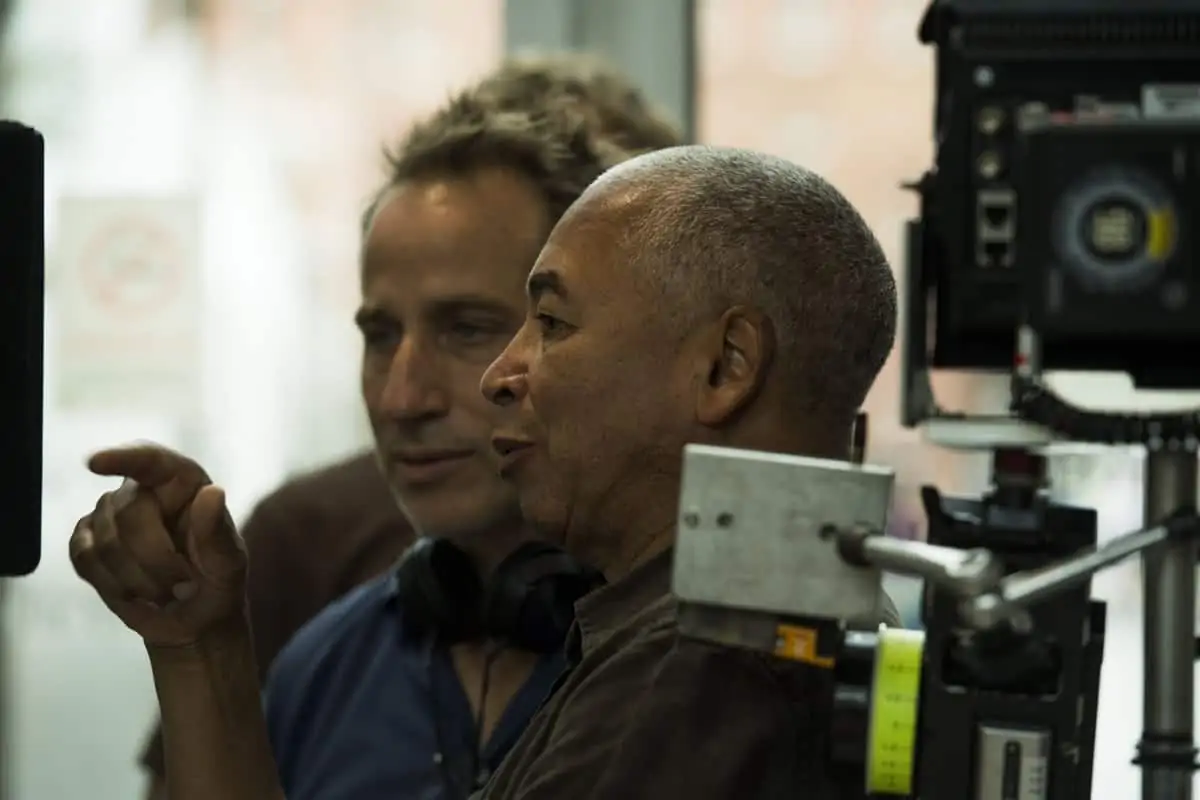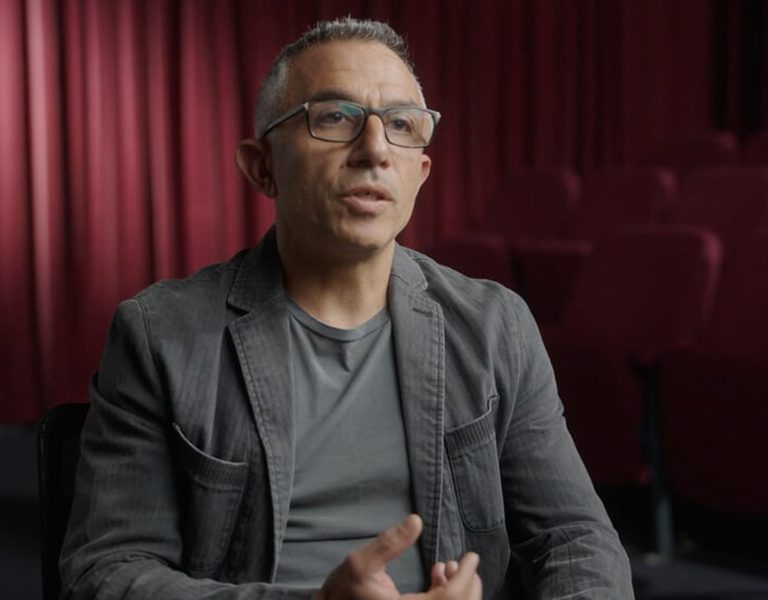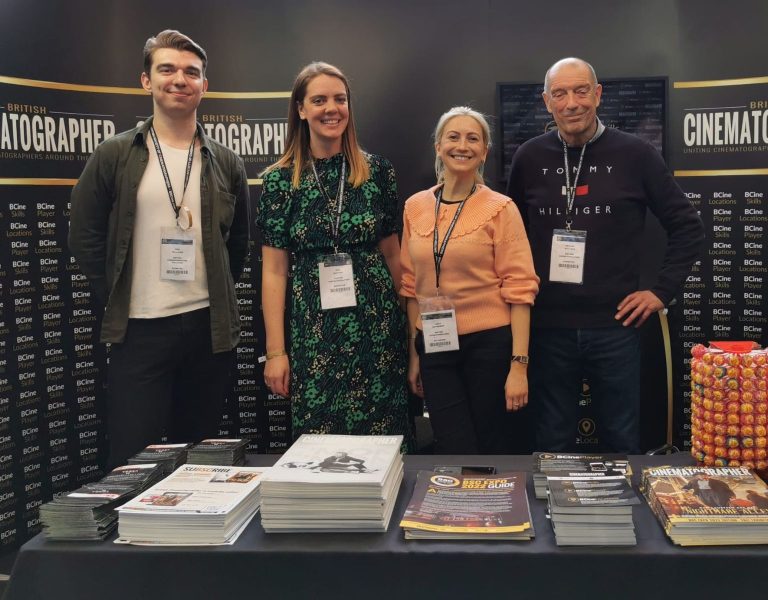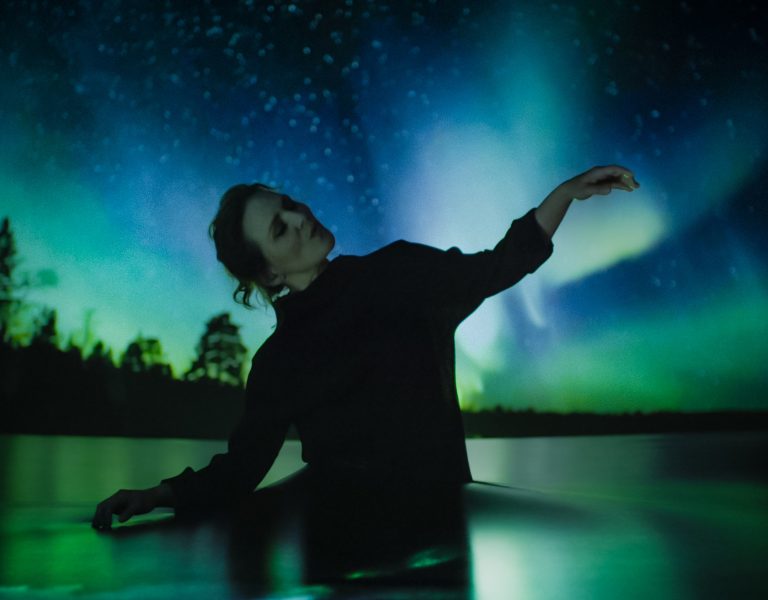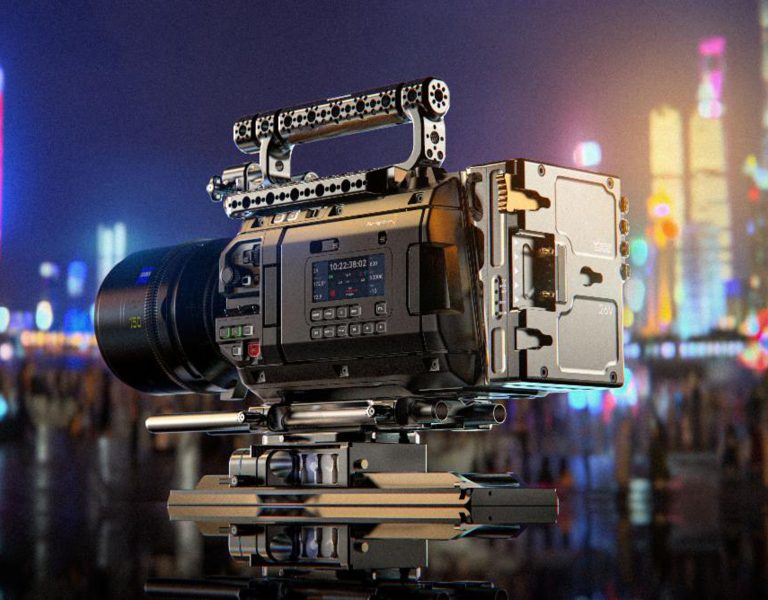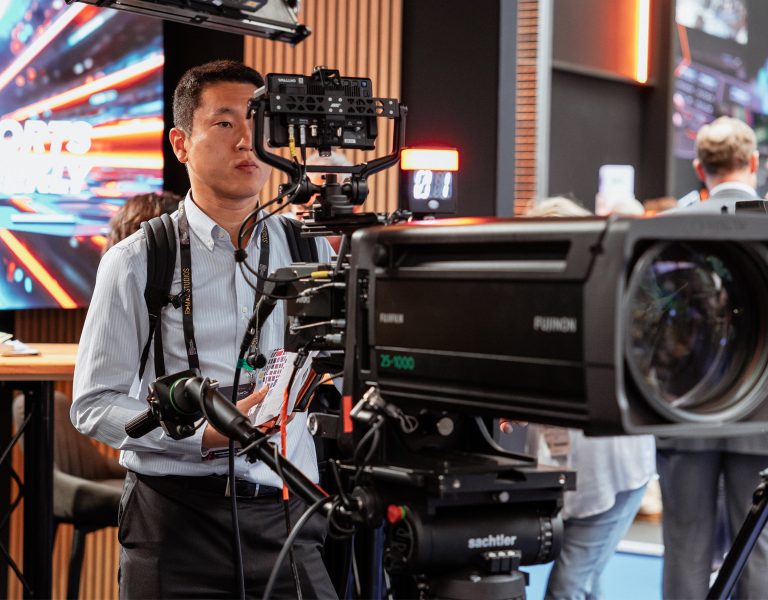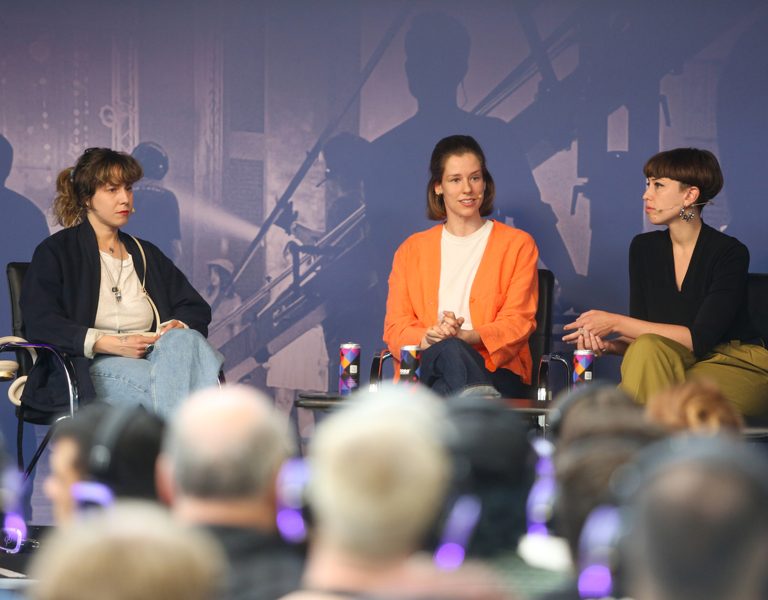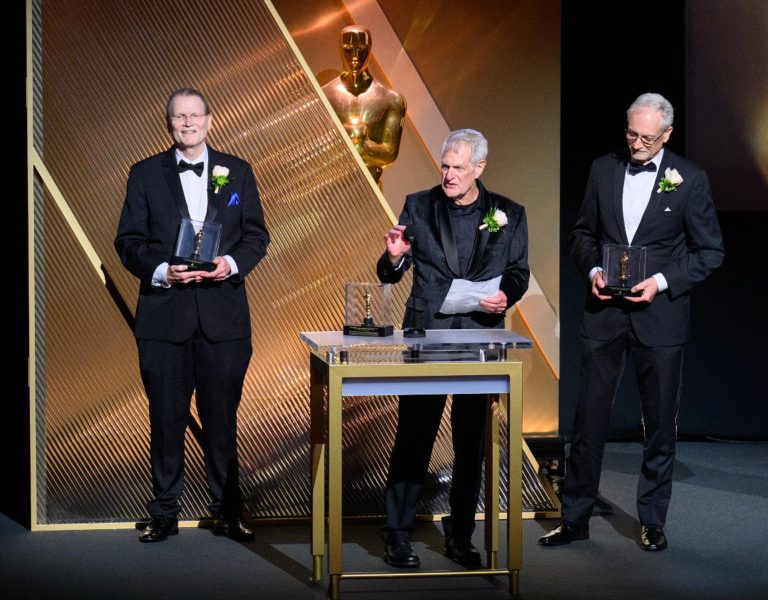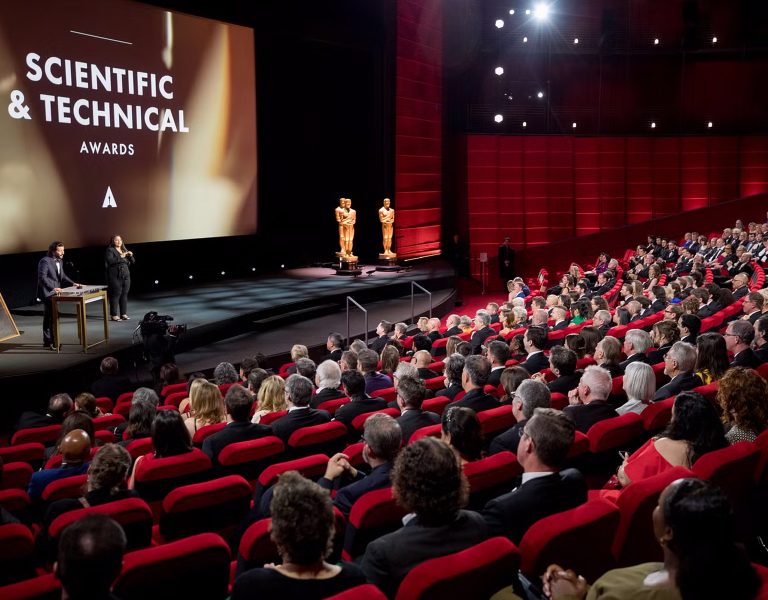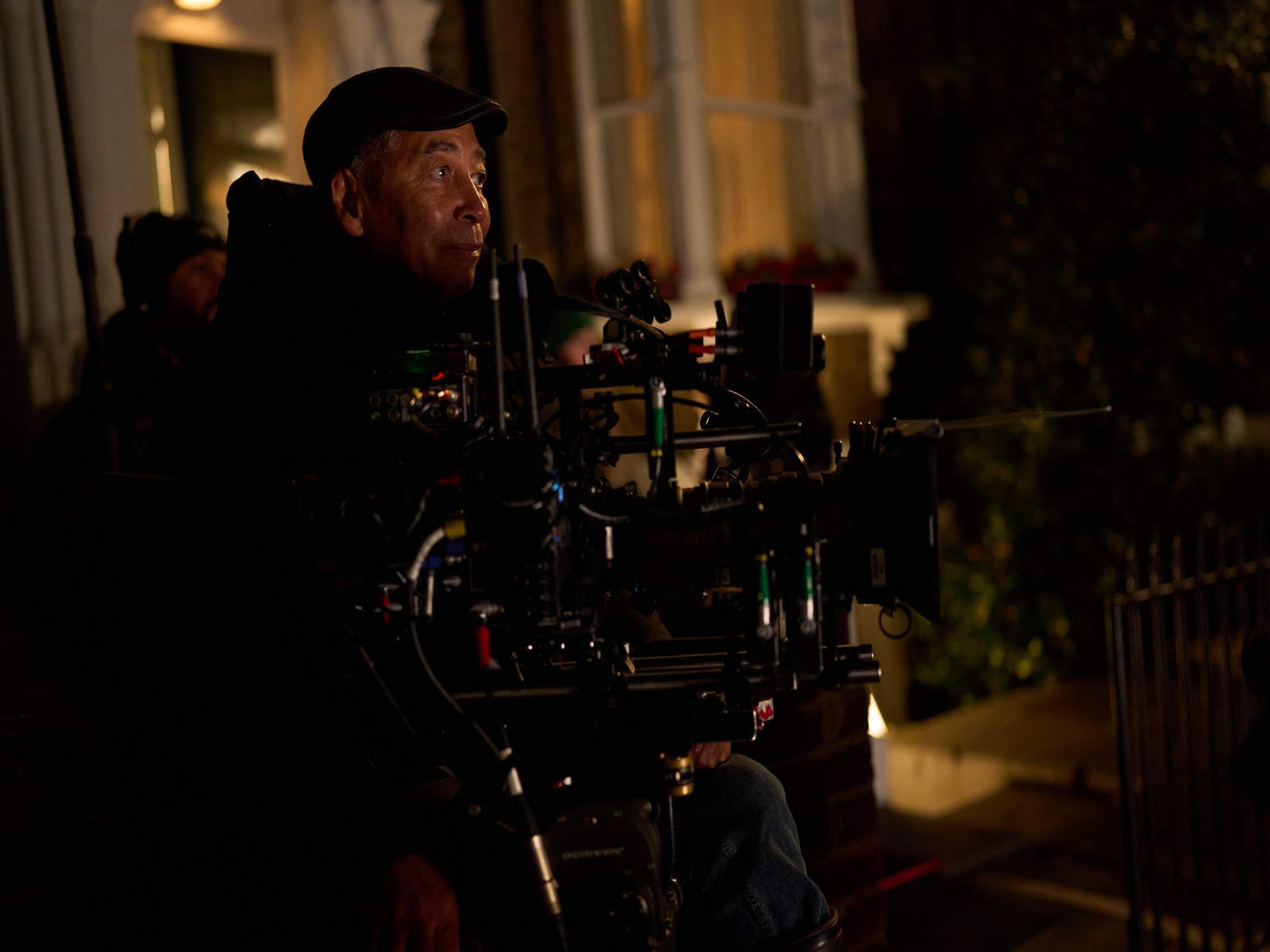 Mr Loverman is a powerful and heartfelt eight-part BBC drama that explores the life of an exuberant, closeted family man on the brink of a life-changing decision. He’s ready to end his marriage and embrace a future with his best friend, with whom he’s been secretly having an affair for years.
Mr Loverman is a powerful and heartfelt eight-part BBC drama that explores the life of an exuberant, closeted family man on the brink of a life-changing decision. He’s ready to end his marriage and embrace a future with his best friend, with whom he’s been secretly having an affair for years.
Renowned cinematographer Remi Adefarasin OBE BSC brings his expertise to the project, explaining how the visual storytelling was crafted to capture the emotional depth and complexity of the characters, while balancing the humour and heartache that define the series.
Which cameras and lenses did you use and why?
We used the Arri Alexa 35 shooting at a 2:1 aspect ratio with one set of Signature Primes. I chose this camera as it has a wonderful sensor that can capture many tones and colours accurately and also has incredible speed without noise. I found it good for working at speed with great results. The lenses are very dependable with their matching each other and I don’t have to suffer from artifacts that I don’t want. If I change a lens I expect the same image quality and Signatures deliver that.
Generally I don’t like the audience to feel that I’ve imposed a style on the film. Of course I have, but I never want them to realise it.
Which scene/shot/sequence was the most challenging and how did you overcome it?
I would say that all the scenes had their own challenges. In the studio, my challenge was to make it look real and not a set. On locations we had to deal with real life, lighting restrictions and changeable weather. All issues I’ve been dealing with for some years.
What was the biggest learning curve?
Biggest learning curve was finding ways to convince a producer that the team composition that was requested just would not work in practice. We simply needed a certain crew to get the script on the screen with quality and within the time that was given to us. That negotiating was reductive and took up far too much of my prep time.
How did you light it and which brands did you use?
Arri, Creamsource, Astera, Fiilex, Dedo, Litegear, Cinemills, DMG Rosco, Nanlite, Kinoflo, Mole Richardson. These are the manufacturers of the lamps we used. Different scenes had different requirements so clearly my technique changed from scene to scene. In general, we used many LED lights to keep flexibility up and energy use down. Units today are incredibly expensive and there are new models yearly. Lighting companies must find it exhausting with producers demanding huge discounts and lights getting more and more costly. In the past a light would last for decades and you only had to change the bulb. LED’s allow us to change the intensity and colour very quickly to get the tone that I’m after. We can program changes to happen during a take and store Day & Night looks very quickly.
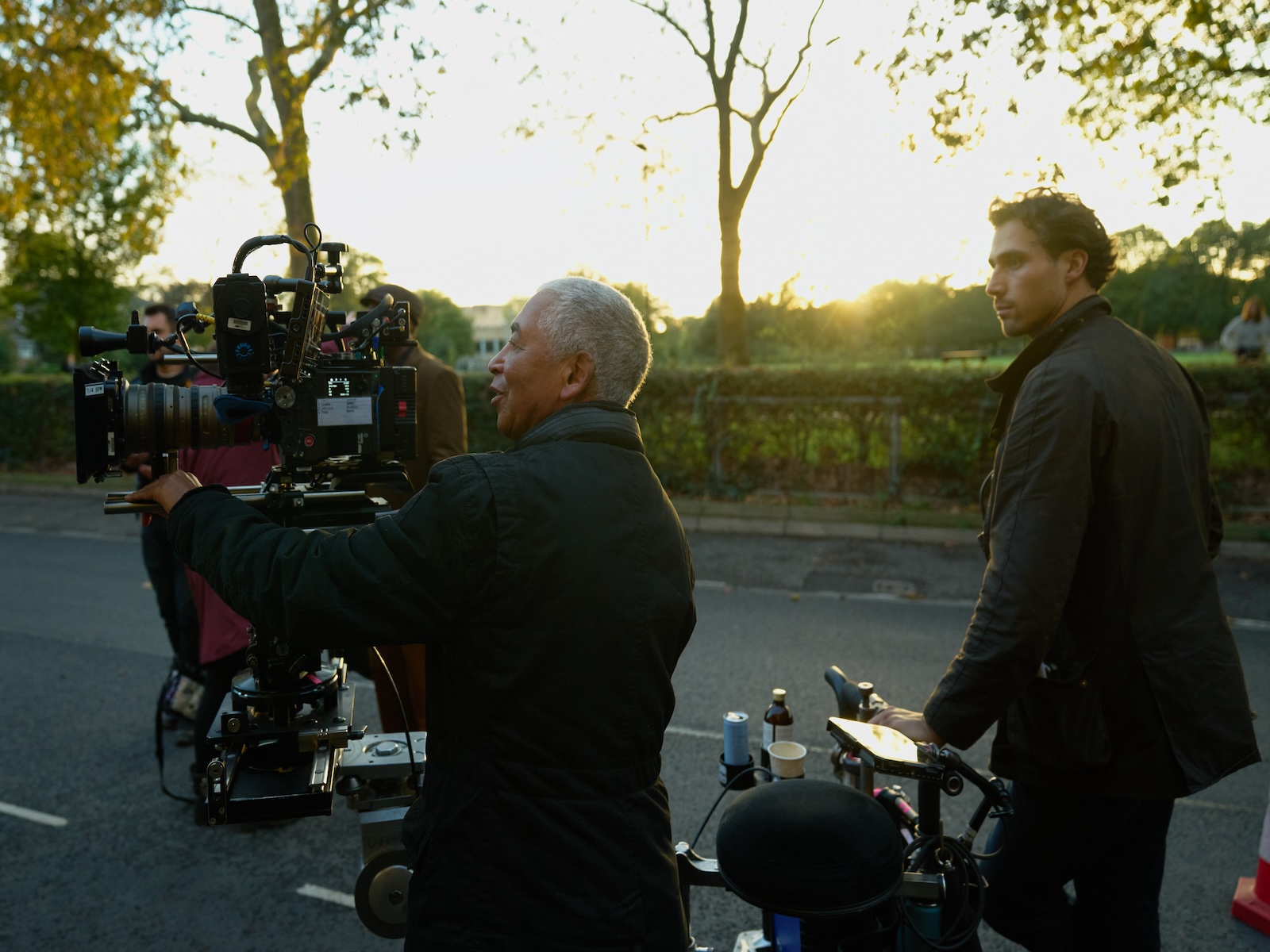
Was there any VFX and how was it used?
I don’t recall much VFX other that integrating the car shots backgrounds. Also some wig lace fixes and microphone removal.
Did you use green or bluescreen and why?
We had a few car shots that were done against blue as we didn’t have the time to get into Low Loader, traffic control, los of communication with the cast etc.
Anything else you want to share?
The filming of Mr Loverman was a very pleasant and memorable experience. Director, Hong Khaou, was very dedicated and we both got on very well. We spent quite a while in prep discussing the meaning of each scene and how best to tackle them. This time allowed us to create a good flow for the storyline and how best to represent each character. This is vital when there is never enough time or resources. Also, I prefer collaborating rather than being told “now do this, now do that” With that type of director you hardly need a cinematographer at all. Except to gently remind them that they don’t know everything about cinema.
Mr Loverman premieres on BBC1 tonight.
